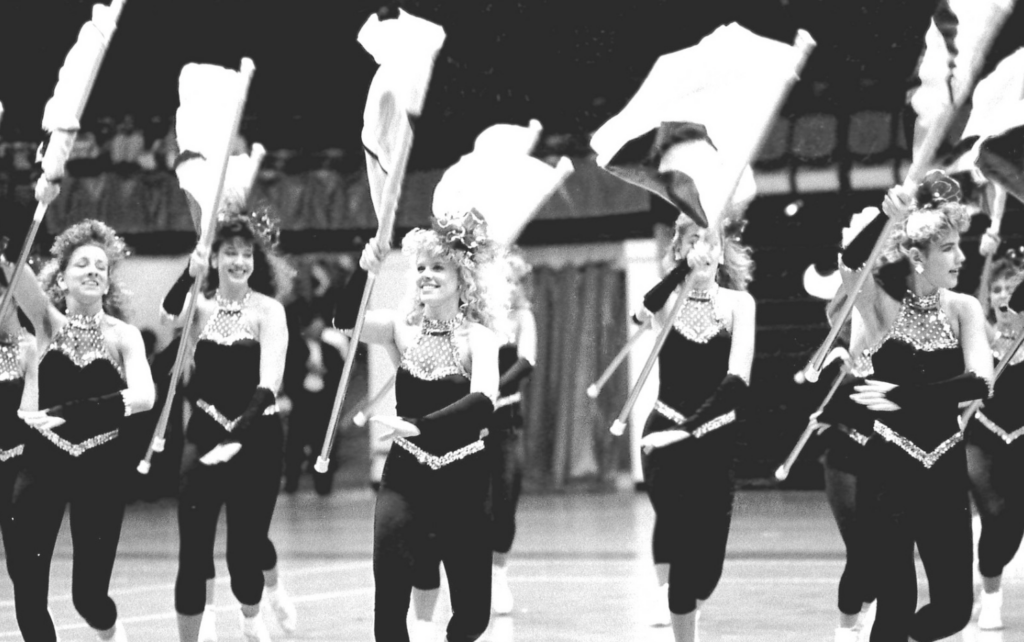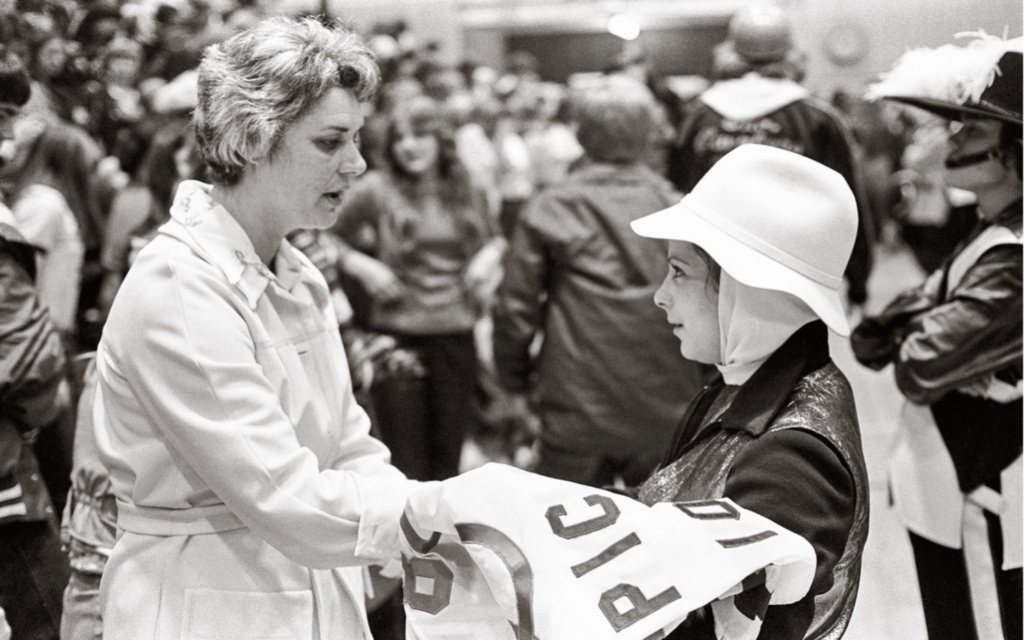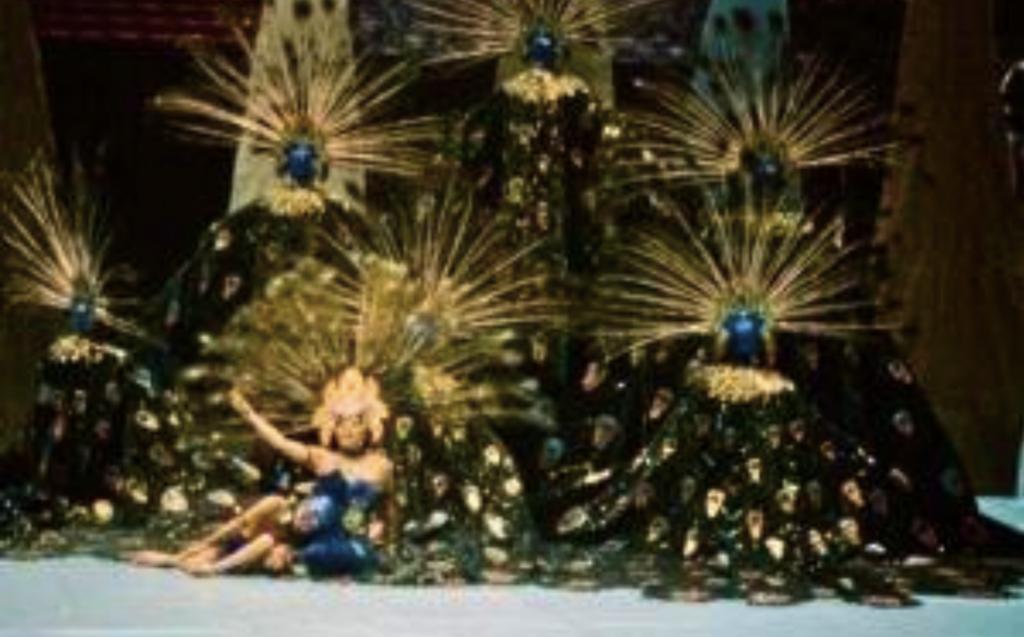The Birth of WGI
In the spring of 1977, a group of six people met in San Francisco to discuss the formation of an organization to govern the color guard activity from coast to coast. At that meeting, attendees Don Angelica, Shirlee Whitcomb, Stanley Knaub, Bryan Johnston, Marie Czapinski, and Linda Chambers introduced the name Winter Guard International (WGI).

The mission at that first meeting was clear: All parts of the country would be equally represented in the development and maintenance of the color guard activity. Shows would take place within their season (winter), rules and regulations would be uniform, and there would be a culminating championship contest.
The next step, the organizational meeting, was in October 1977 at the site of the DCI Rules Congress in Chicago. Many of the leading guard instructors at the time were also teaching drum corps and would already be in attendance. It was agreed that Lynn Lindstrom, the current Commander of the Midwest Color Guard Circuit, would head the newly formed organization for the first year. This became a post she subsequently held for twenty-four years.
The First Years
Some of the most exciting days of the color guard activity took place in the late 70s and early 80s when East, Midwest, and West came together and competed in what was then called the WGI Olympics. Every guard carried the American Flag, and many guards carried wooden dowels with bicycle grips as simulated sabers. WGI had a volunteer staff of ten people, and executive director Lynn Lindstrom hand-sewed the championship flag herself.

Growth and Change
Competitive color guard grew tremendously in its early years. Along with that growth, an additional class was created to provide greater opportunity for the newer and younger guards. From that point on, a meteoric rise occurred in the growth of this activity in artistic and competitive development.In progressive steps, the units voted to remove the requirements that had previously been the basis for how shows were constructed. Shows began to take on a different look, and creativity and originality became a focus for the growing activity. From roots based in the military we grew to align our concepts with theater, dance and entertainment of a different nature.

The growth continued and the number of groups increased again to a point where WGI recognized the need to accommodate this expansion and created the World class level of competition. Guards could now compete in A, Open, or World class for either independent guards or for scholastic guards. With the expansion, the scoring system was redesigned to serve the developmental progression of these groups, resulting in the three-tiered system that we use today.
In 1993 a new division joined the already thriving color guard division. Indoor Percussion competition began with six groups performing on stage in their debut season. Paralleling the growth of their sister division, percussion began growing at such a rate that their classification process mimicked that of winter guard. By 1999 it offered eight classes of competition. WGI was rapidly becoming a full-service organization filling the competitive needs of both independent and scholastic units.
In 2015, WGI launched a third division – WGI Winds. This division includes competitions for any instrumentation of musicians in the same intimate competition setting. Twenty groups competed in the first WGI Winds Championships held on the Sunday following the Percussion World Championships. Classifications were set up to include Independent A, Open and World, as well as Scholastic A, Open and World right away.
WGI Today

Today, that loosely woven organization that began with a simple goal, a dream, a great deal of trust and 30 color guards, now serves hundreds of guards, percussion ensembles, and winds groups. Over 500 groups compete on two separate weekends for their own World Championships each April. Approximately 200 volunteers manage the Championship Contests that serve the over 12,000 young performers. Over 135 trained adjudicators service the guards and percussion lines during the season. Some of the same volunteers from that very first contest can still be found working at the championship contest.
All three divisions have their own Advisory Boards that sets the artistic and competitive direction. They select their steering committee representatives and determine all rules and regulations. This keeps the artistic and competitive direction of WGI in the hands of the units.
































